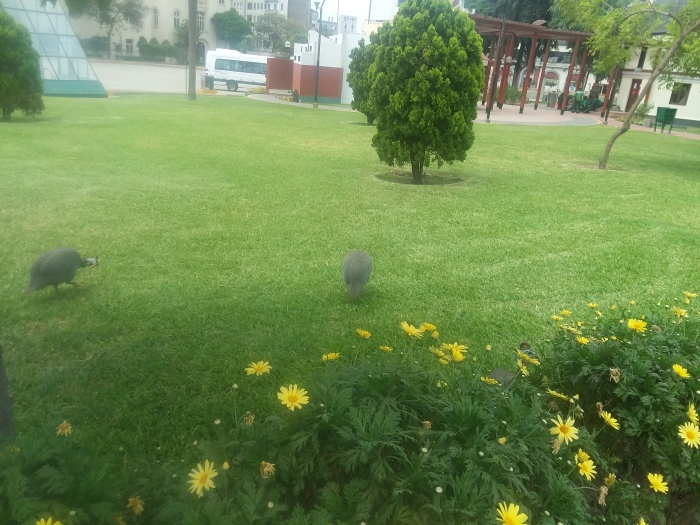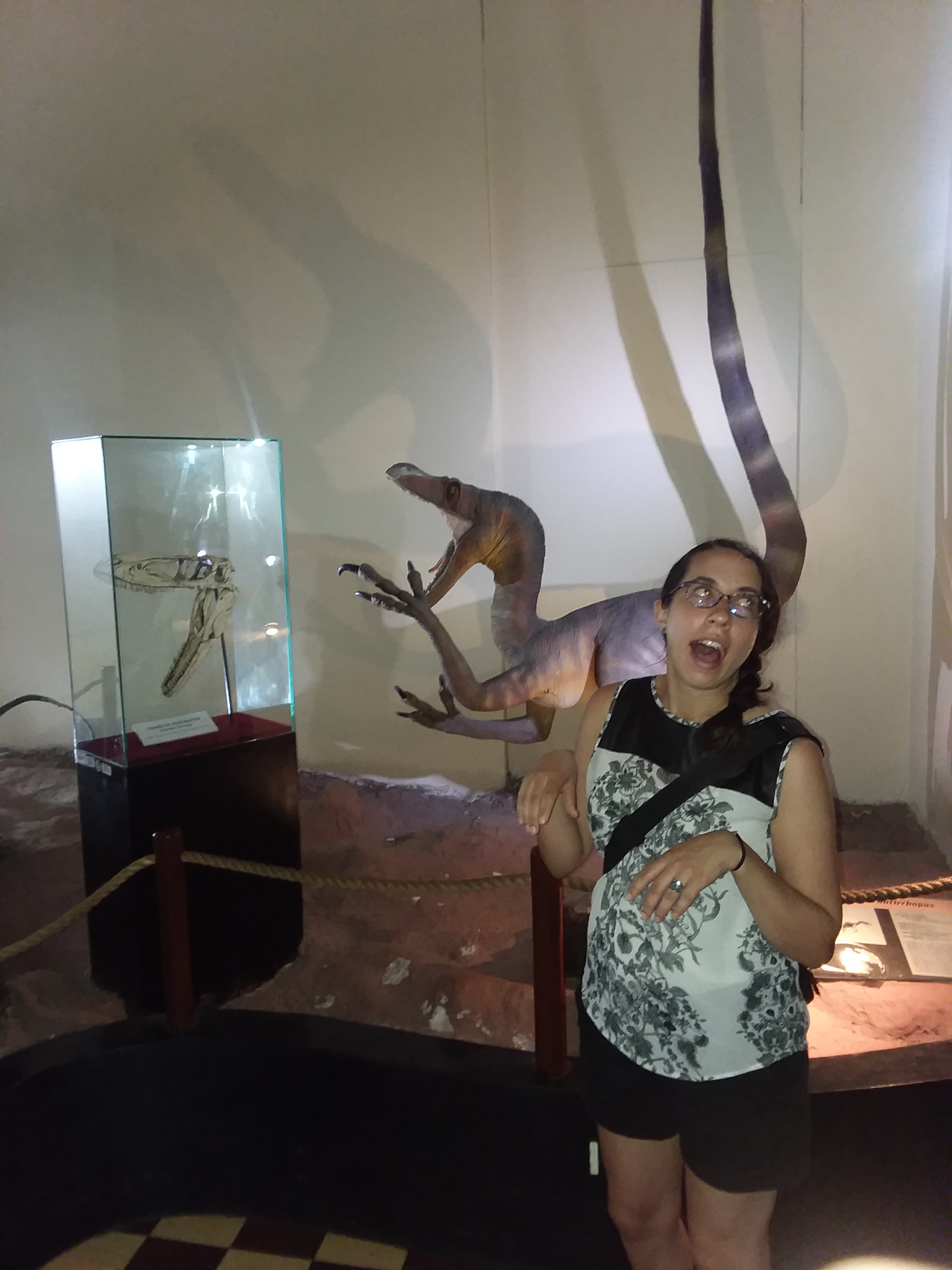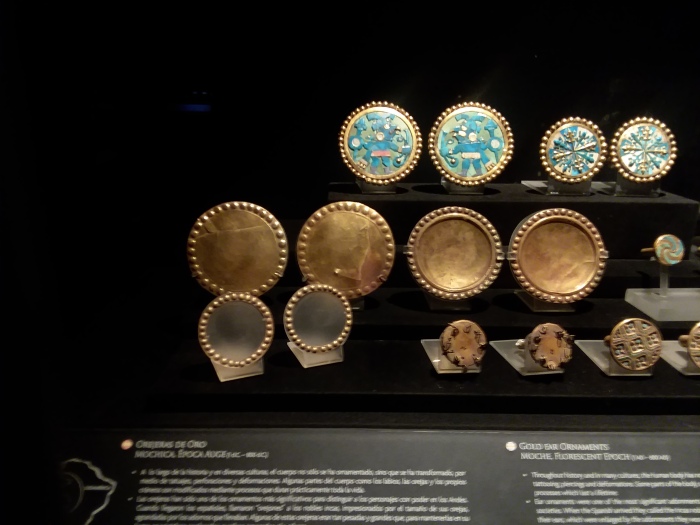Hello, nameless audience, nonexistent reader, hello! Listen as I shout into the void! —
Oh, I have a thought about the void. Yesterday, I learned about Mario Vargas Llosa. He came up during fishbowl, which is a game of sherades, taboo, and quiplash sandwiched together in which participants pull a name of a famous person from a ‘fishbowl’ and try to get their teammates to guess ’em by giving clues (Person: ‘Beyonce’; Clue: ‘Single ladies’) . Yesterday, I played with my new Peruvian English students. Antonio (a student) pulled Llosa’s name from the ‘fishbowl’, and all it took was a two word clue (“Peru author”) for everyone in the room to guess correctly who he was talking about. Of course, I – the ignorant American in the room and also the teacher – had no idea who this Peruvian author was. So the student politely explained Llosa is the most famous Peruvian writer ever, and one of the most important writers of his generation in Latin America, a revolutionary, politician, freethinker, one-time leftist, post-modernist. (An advanced English speaker, Antonio is, to be able to describe this to me. Full marks).
The very first thing that comes up about Llosa when you search about him online are his biographical high-points (thrice-married, including once to his cousin), his anthology (FAQ: Why does the English title of his first book, The Home of the Hero, translate literally from Spanish into The City and the Dogs? Answer: No one knows.), and his famous quotes. His most famous –
No matter how ephemeral it is, a novel is something, while despair is nothing.
– is both relevant to the void, and deeply melancholy. I’m a sucker for overly-dramatic sad things. Plus, it kind of describes this blog. “A novel [or blog] is something” more than nothing, at least…
The topic for today’s discussion is our journey to Lima, which ended for us about a week ago now. I wanted to share a few high points about January 29 and 30, which were days of half-assed, unplanned trips to museums.
Lima has some good ones, but the Natural History is not it’s best. Nonetheless, I’m a sucker for ancient taxidermy and as a (former) geologist figure I better know something about earth’s history, so we went on the 29th.
We figured something was up with this place when we tried to pay for admission with a 100 sol note and got an IOU in return. But we were tickled by the Peruvian pheasants roaming the courtyard and pleasantly surprised by the enormous display of the flora and fauna of Peru in the anteroom. (See pheasants below).

The place didn’t disappoint on the taxidermy front. We saw Peruvian dogs, marsupials (yes, marsupials!), tortoises, llamas, and alpacas (look at the neck on that little guy).

Our favorite was the placard describing the Quetzal (pre-colonial) legend of how a hummingbird saved Peru from the drought. It was a very informative and beautiful story, written entirely in Spanish, so it took us about an hour to read it all (while feverishly translating words on our phones). For a while, a little girl was staring open-mouthed at us while we were staring open-mouthed at the hummingbird placard till her mom said something to the effect of, “Dejar a los turistas solos” (“leave the tourists alone”)! Sometimes, as a tourist in Peru, I feel little like a taxidermy alpaca – on display.
Also – dinosaurs rock.


That’s all for the natural history museum. And don’t worry – before we left the museum for the day we were sure to get remuneration for that IOU. It’s a lesson for us tourists – not everyone is out there to scam us!
The next day we visited the most TripAdvisor-ed museum on the Lima itinerary: the Larco Museum. We traveled there in a taxi through the typically noisy Lima soundscape, and although the museum is just a block away from the meat of this noise-strosity it seems physically and metaphysically separated from the hustle and bustle. As soon as we stepped out of the cab, we were greeted by a 20 foot tall lily-white wall and ushered through wrought iron gates by three suit-wearing guards. Within this fortress was a veritable Eden – lush and verdant plants, colorful flowers, vines of ivy running down the walls of the central building, and a tastefully-decorated courtyard cafe (featuring a not-too-rusted wheelbarrow and a $4 cappuccino). We arrived shortly after opening, so at first we had the whole garden to ourselves (along with about 30 Chinese tourists). But soon the white people started showing up. Ask yourself reader, is this museum for the Peruvian populace? One has to wonder why they need the barricade and the guards.
So a little about the museum – in short, aristocratic since its inception. The collection was assembled by (and named after) Rafael Larco Herrera. Born in Peru, he was a a Vice President of Peru later in life, and a minister of foreign affairs, and finance and commerce. In other words, this guy was a titan, a mover and shaker, and an unabashed member of high society. His true passion, as the museum tells the story, though, was archaeology. His work and excavations helped to differentiate the Inca from other pre-Columbian and pre-Inca civilizations that existed in Peru. I don’t think there is a need to go into too much detail, other than to say the tools, pottery, jewelry, ornaments, textiles, bones, and burial swag that he ‘discovered’ are haunting. Beautiful, but haunting. It is so strange to see these artifacts exhumed from their resting place and on display behind a walled fortress in contemporary Peru. The more we saw, the more we realized: physical monuments to our existence – such as those displayed in Museo Larco – are playthings of the super-rich of the past, on display for the aristocracy of today. The golden headpiece, necklace, and earrings behind two inches of bullet proof glass is no more visible to the average Peruvian today as it was to an Incan plebiscite. What does that make me, as a witness to this history? Chew on that for a minute, void-reader.
(Watch the movie Museo for a weird but good dive into the ethics and morality of anthropology museums in Latin America).
I have two main insights from this museum. Pre-Columbian Peruvians loved to put penises in pottery, and the son of the first Incan ruler was named Tupac (so many tears). Here are some pictures:


Alright, void. This whole effort took a lot of time. Hopefully I’ll be able to summarize the rest of our time in Lima and describe our new home in Arequipa to you. Soon, soon. I promise.
Quinn